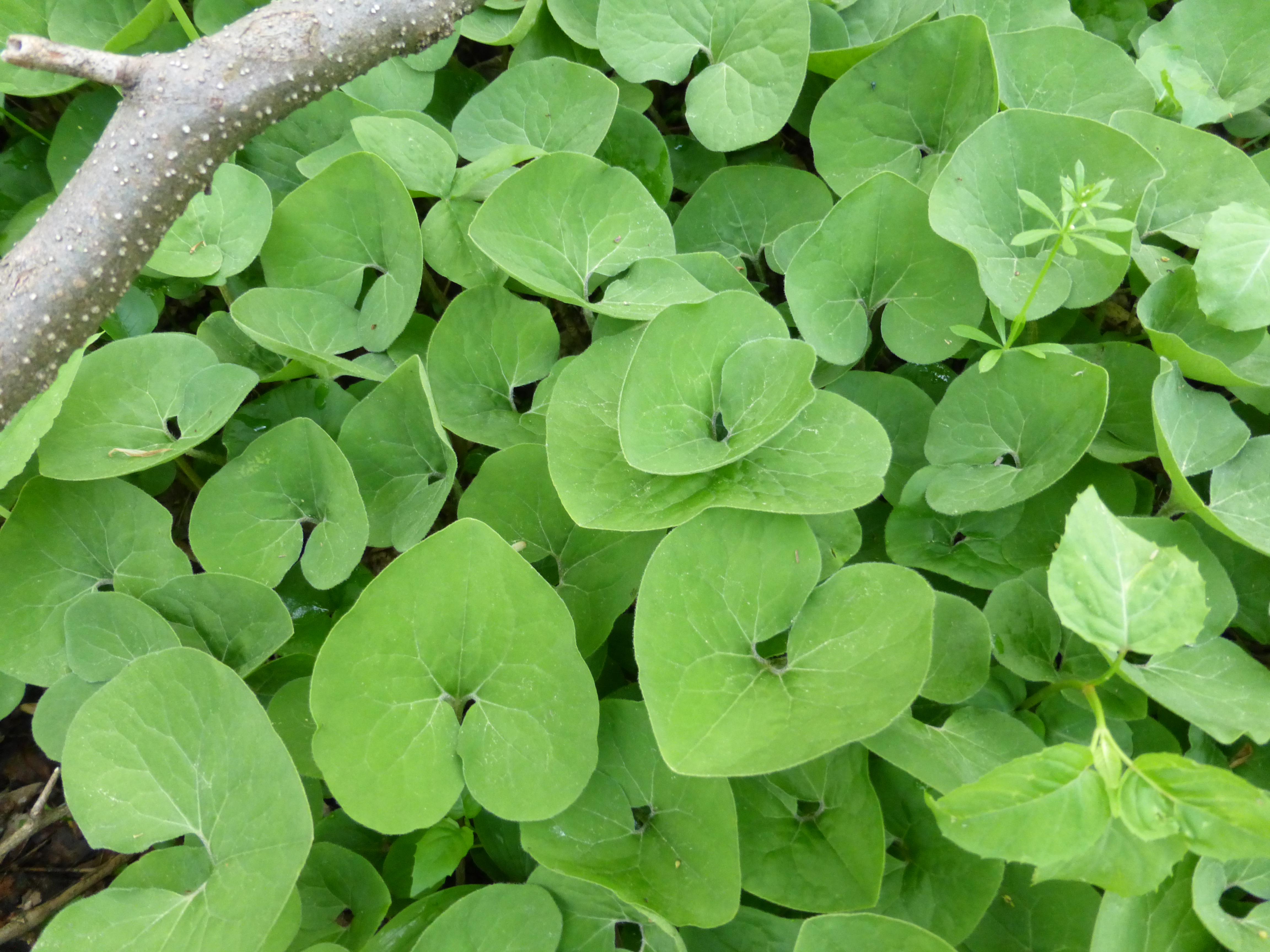Native plantings for Chicago urban parkways

Urban parkways: that often neglected strip of greenspace, positioned between street and sidewalk. When I first moved to Chicago I was scolded by a friend “Don’t walk there! That’s the dogs’ toilet!” and he’s not wrong. But a parkway can also be much more than that. A new urban greening movement is bringing attention to parkways, rethinking them from hazzard to benefit — or even to beautiful — through native plant landscaping.
Why native plants? Native plants are resilent and well-adapted to midwestern weather conditions. Once established they thrive without much attention, unlike lawn care that requires fertilizers, mowing, watering, pesticides and worse. Native plants, even in a small parkway, improve our local biodiversity. Have you noticed how hostas, which largely come from Asia, tend to have little to no bug activity around them? Native plants foster insects and pollinators. They also serve as both habitat and food source to local and migrating birds, who can eat the insects or dine on their berries, seeds, and sap. And finally, native plants are quite simply interesting. They represent a clean break from the same old formula of “lawn grass, evergreen hege and packasandra”, with a broad range of bloom colors, heights, leaf structures and winter interest.
There are, of course, challenges. In Chicago, salt and other ice-melting chemicals migrate quickly from road to plow to parkway. And while big snowy winters are increasingly fewer in number, plowed snowdrifts stored on parkways can present real challenges to the landscapes sleeping below ground. Foot traffic, dogs, and plain old theft — sadly yes it happens regularly — are other big challenges. And finally, while unlikely, utility services like water or gas do have the right of way into parkways if they have to fix something underground.
If on the balance you’re still willing to take on these challenges to bring a bit of native garden landscaping to your front stoop, here are some resources and recommendations to get started.
Resources
The Edgewater Environmental Coalition has a Parkways for Pollinator’s program, filled with resources to support the transformation of parkways into spaces for native plants, pollinators, and habitat. They offer native plant seedlings, education, site design planning, and more. See their native plant guide, and their guide on how to start a native garden.
Prairie Friends grows indigenous native plant species directly from seed, sourced from the Upper Midwest and gathered locally for germination. Their plants represent the original species which have co-evolved with prairie insects over the past 12,000 years.
The Morton Arboretum’s online Tree and Plants database has 700 detailed entries on plant and tree information, with easy filtering for local native varieties, season, road salt tolerance, and more. This is especially useful as you consider your parkways’ lighting exposure.
Finally, Charlottee Adelman and Bernard Schwartz’ book The Midwestern Native Garden: Native Alternatives to Nonnative Flowers and Plants is a gem. Given a non-native or invasive ornamental, they make multiple native plant recommendations, suitable for all garden styles with similar cultivation requirements.
The Guide to the Chicago Landscape Ordinance
Aaaaw… it hasn’t been updated since August 2000, and it’s signed by Mayor Daley. At this point it’s both a critical reference as well as an archival document. Read the Guide to the Chicago Landscape Ordinance to get a sense of the city’s vision for parkways. It does offer input on acceptable and unacceptable tree species still in use today — messy female ginkos, conifers, and thorny trees are out.
Groundcover plantings
Many of The Guides groundcover plant recommendations (see page 47) would today be considered invasive or, at least, non native. Here’s what I’ve determined:
| Common name | Botanical Name | Native |
|---|---|---|
| Goutweed | Aegopodium podagraria | Invasive |
| Creeping cotonester | Cotoneaster adpressus | |
| Bearberry cotoneaster | Cotoneaster dammeri | |
| Rock spray cotoneaster | Cotoneaster horizontalis | Invasive |
| Hesse cotoneaster | Cottoneaster horizontalis ‘Hessei’ | |
| Purpleleaf wintercreeper | Euronymus fortunei ‘Colorata’ | Invasive |
| Bigleaf wintercreeper | Euonymus fortunei vegetus | |
| English ivy | Hedera helix | |
| Japanese garden juniper | Juniperus chinensis procumbens | |
| Sargent juniper | Juniperus chinensis sargentii | |
| Shore juniper | Juniperus conferta | |
| Creeping juniper | Juniperus horizontalis | NATIVE |
| Henry honeysuckle | Lonicera henryi | |
| Japanese pachysandra | Pachysandra terminalis | |
| Grow-low sumac | Rhus aromatica ‘Grow-low’ | NATIVE |
| Periwinkle | Vinca minor | Invasive |
Alternative groundcover plantings
The Morton Arboretum Illinois makes the following recommendations for native groundcovers, instead:
| Common Name | Botanical Name | Habit |
|---|---|---|
| Buffalo grass | Buchloe dactyloides | Full sun |
| Bearberry | Arctostaphylos uva-ursi | Partial sun / shade |
| Dwarf Crested Iris | Iris cristata | Partial sun / shade |
| Fragrant sumac | Rhus aromatica | Partial sun / Shade |
| Moss phlox | Phlox subulata | Partial sun / shade |
| Trailing juniper | Juniperus horizontalis | Partial sun / shade |
| Wild geranium | Geranium maculatum | Partial sun / shade |
| Wild strawberry | Fragaria virginiana | Partial sun / shade |
| Wild-ginger | Asarum canadense | shade / full shade |
| Bunchberry | Cornus canadensis | Full shade |
| Lady fern | Athyrium filix-femina | Full shade |
| Maidenhair fern | Adiantum pedatum | Full shade |
Needless to say, a parkways landscaping project is typically a big one. I’m hoping to break it down into smaller, easier to implement and testable components, to see what works. More to come.
